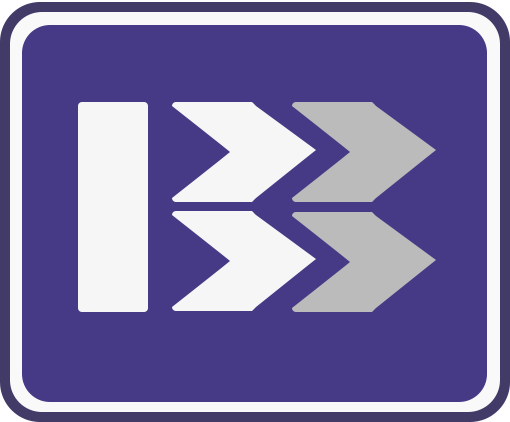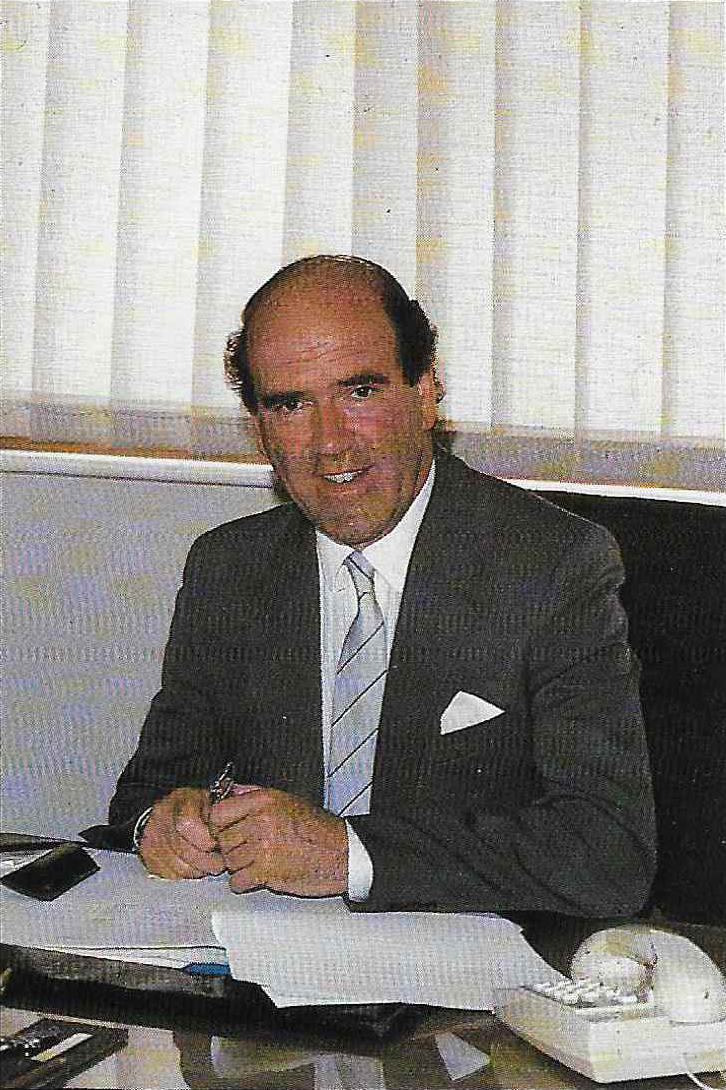
The Blue Boar story began in September 1937 when Mr. Lyndon Smith bought a petrol filling station in Dunchurch, England. The name of the petrol station was Blue Boar. The name Blue Boar had been taken from the Blue Boar Inn, one of the many famous coaching inns on the Birmingham to London road.
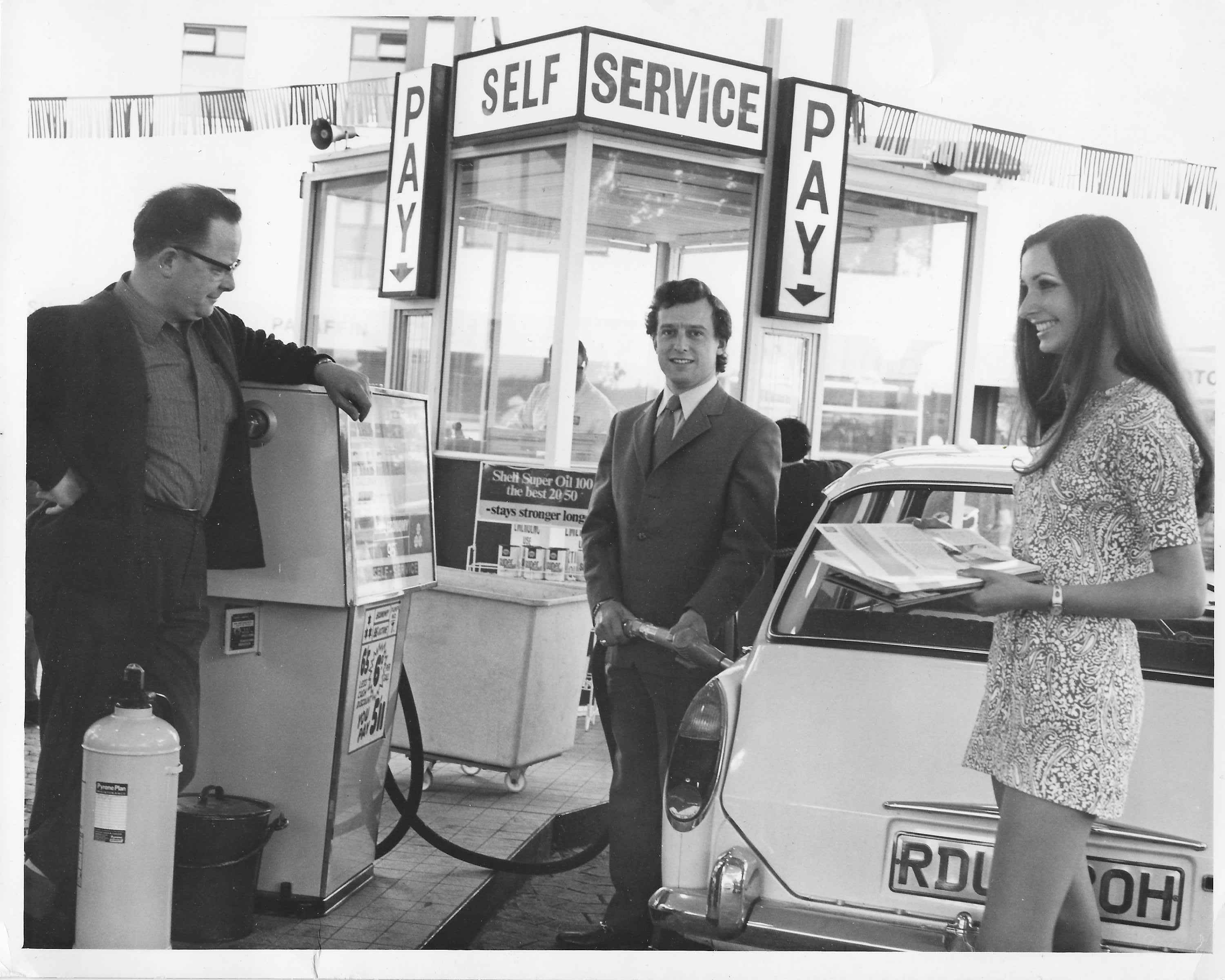
The Blue Boar limited company was formed in 1946 and grew to operate multiple petrol filling stations, catering, and a tyre and breakdown service along with Blue Boar Heavy Breakdowns which opened in 1956 with a 24-hour repair and recovery service using large cranes and heavy breakdown trucks.
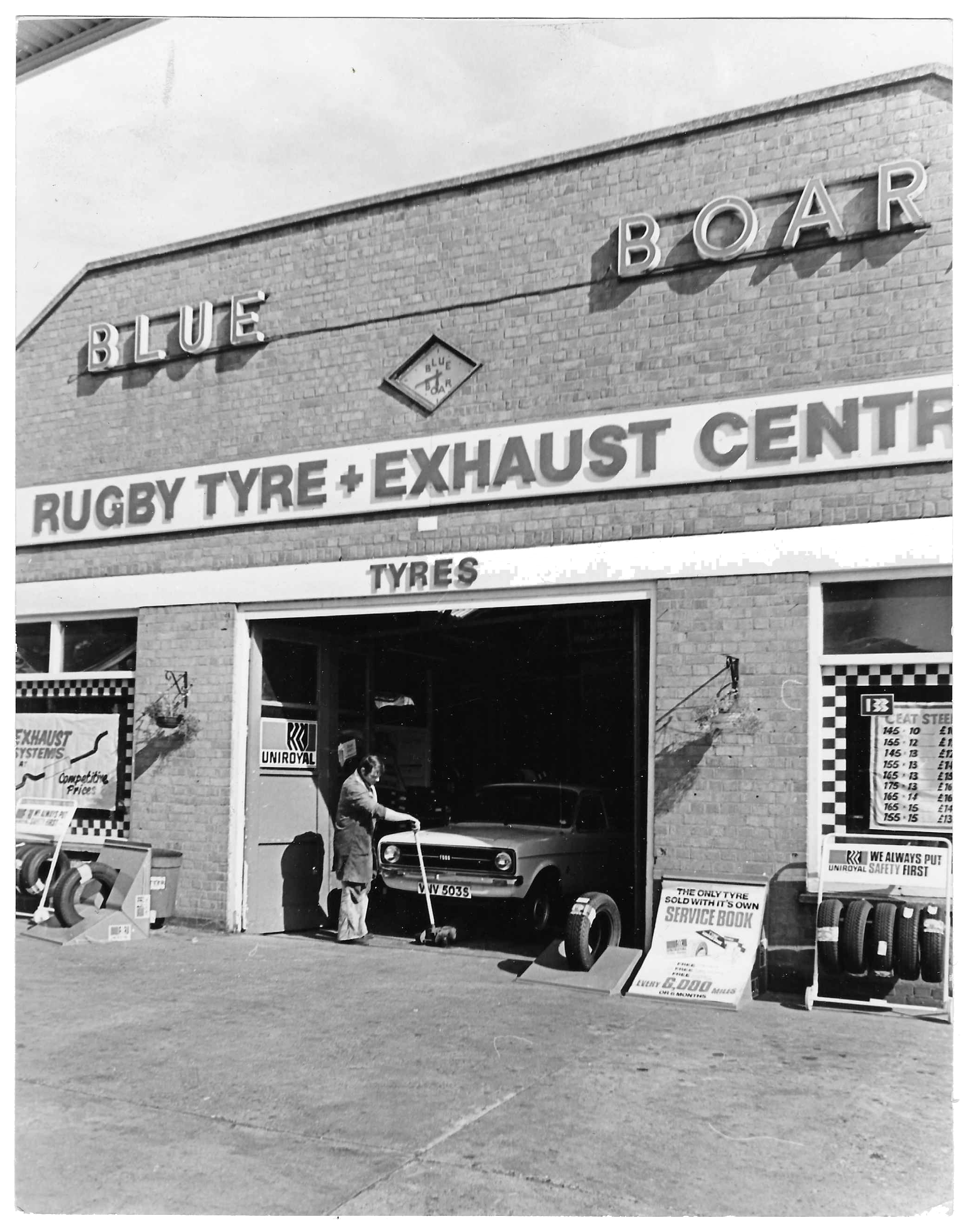
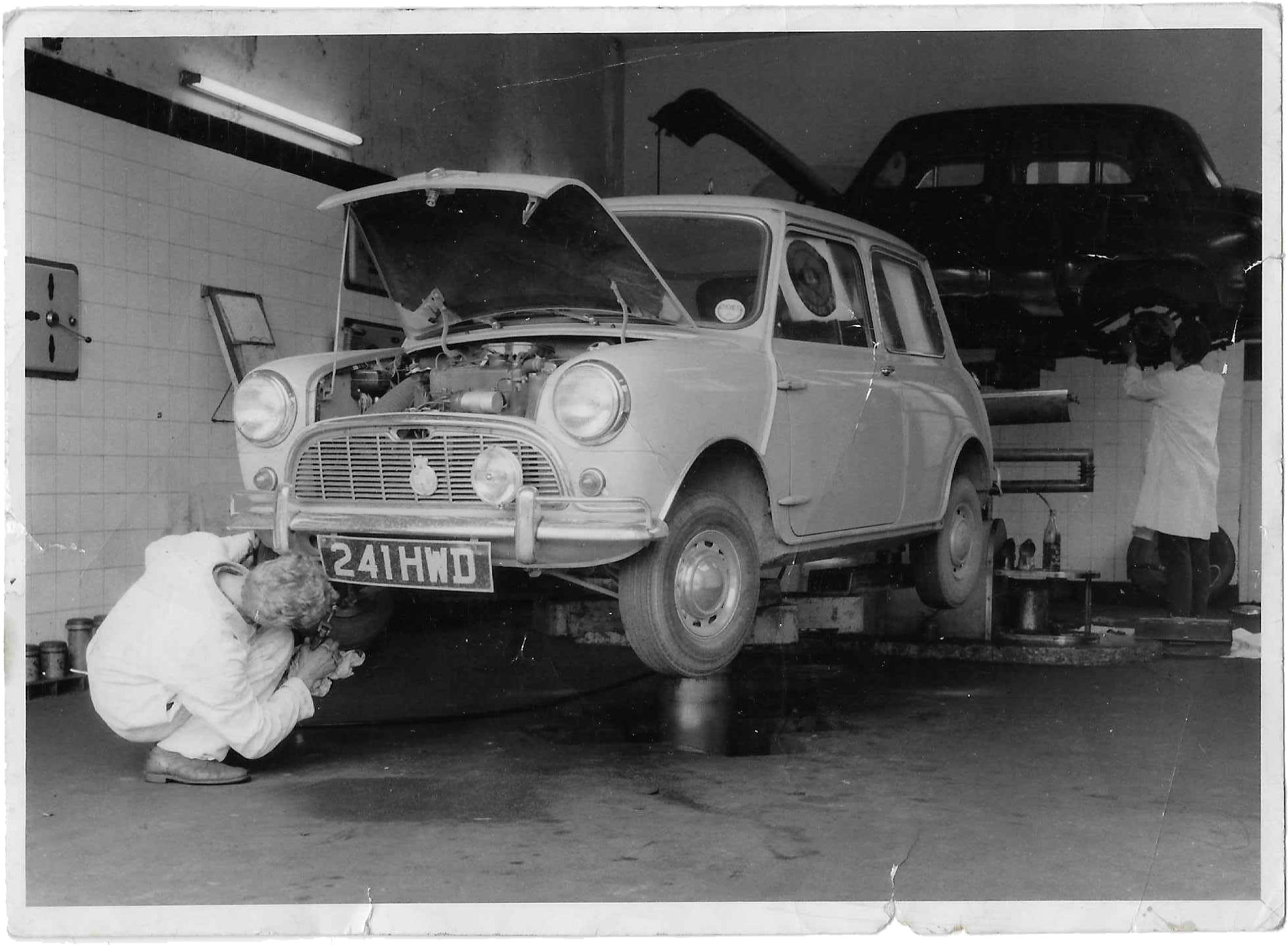

In August 1955 when the final line of the road, that became Britain’s first motorway (M1) was announced in the national press, Mr. Lyndon Smith lost no time in submitting a tender for the site that became the Watford Gap. It was four years later, in August, that Blue Boar was notified that is application had been successful and just four months later when the motorway was opened in November 1959 and at the same time the Watford Gap service area, operating from a wooden shed and serving petrol from one pump, opened.
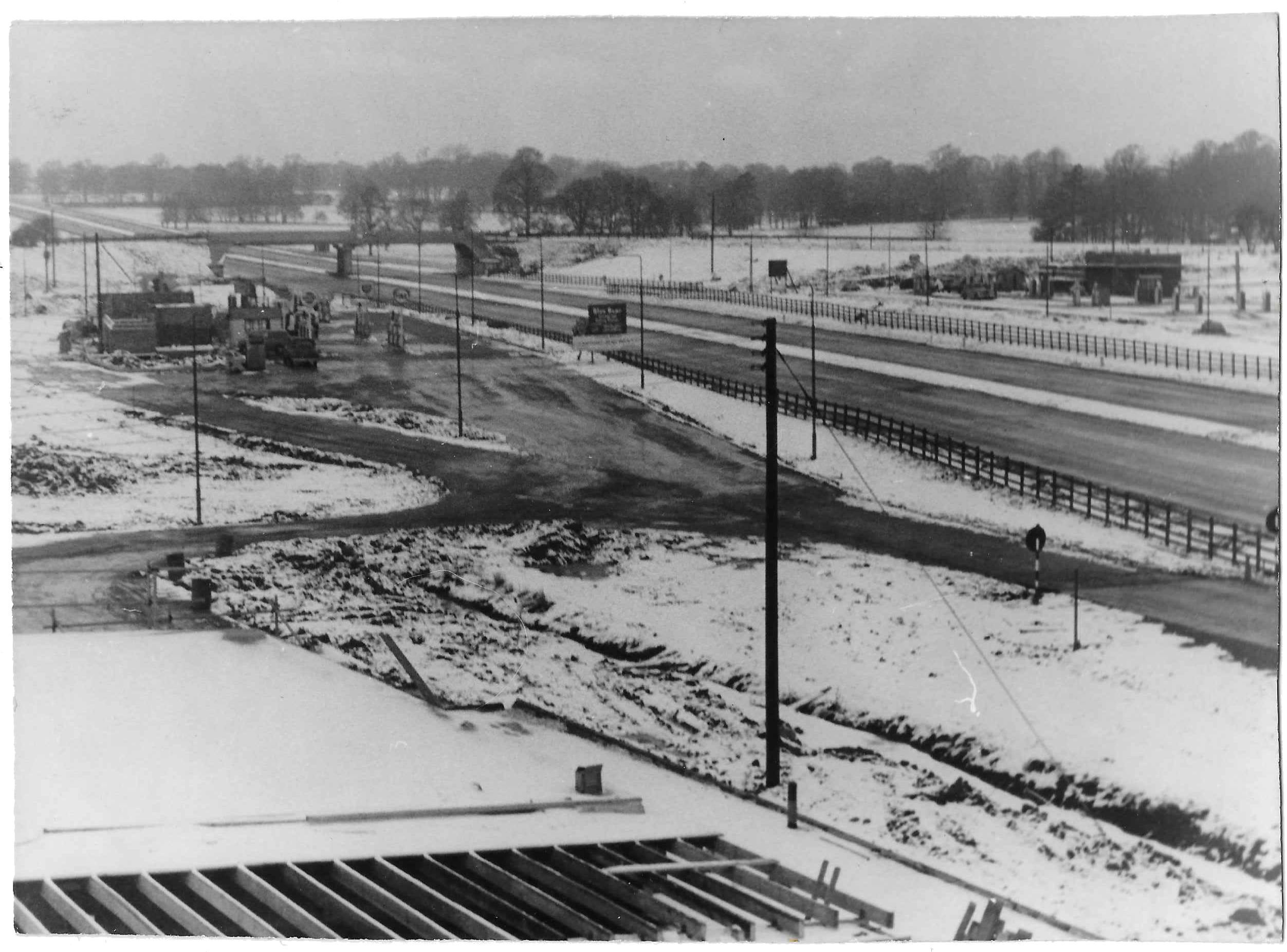

Mr. John Lampitt joined Blue Boar in 1958 as Managing Director to oversee company operations and the ultimate development of the Watford Gap. Mr. Lampitt eventually becomes the majority owner and Chairman of the Blue Boar Group. Upon Mr. Lampitt joining it was a story of continuous expansion growing from the single petrol station in 1937 into multiple operators of petrol stations, Motorway Service Areas, Car Dealerships, Hotels, and both Property Investment and Development. Also, it becomes a major developer of multi-story car parks in the French-speaking part of Switzerland.
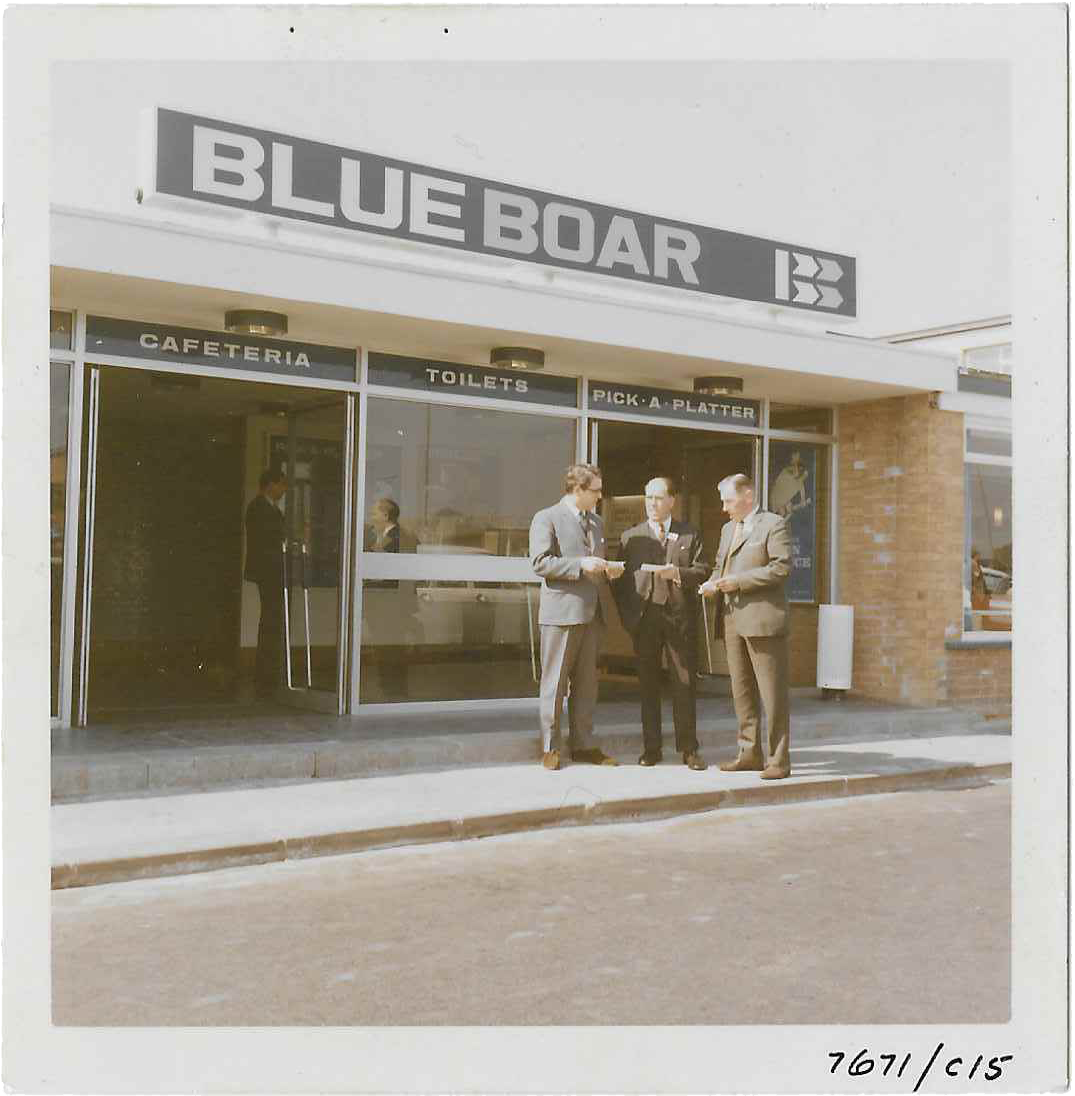
As reported in the Rugby Advertiser on June 1, 1973 major expansion plans for the Rugby based Blue Boar Group of Companies were announced by the managing director, Mr. John Lampitt. In an exclusive interview, he outlined details of the company's proposals which were aimed at a public flotation of the group on the London Stock Exchange.
Even though Blue Boar Group ultimately remained private it had earlier entered into merger discussions with Associated Leisure Ltd, the one-armed bandits to amusement parks group. As reported in The Sunday Telegraph, Associated Leisure, flush with cash after it sold its Butlins Holiday Camp shares to Rank Organization had entered into merger discussions with Lampitt who at the time was the 40-year-old managing director and joint owner of Blue Boar. Lampitt had been accumulating a position in Associated Leisure which eventually resulted in Lampitt controlling a 5% stake. When the merger proposal becomes public however J. Coral Holdings, the betting shops to casinos complex, then made an unsolicited offer for Associated Leisure and under the take-over rules, Associated Leisure was unable to go ahead with their deal with Blue Boar.
In the meantime, Max Fine and Cyril Shack of Associated Leisure had sold the last of their holdings and it appeared the buyer was the merchant bank Singer and Friedlander, which had links with Blue Boar. Even though the merger plans fell through Mr. Lampitt held onto his 5% shareholding and retained his board seat while Associated leisure continued its attempts to fight off the J. Coral takeover attempts. In the end, the Coral men, headed by long-time bookmaker Mark Lane, prevailed and Blue Boar ended selling its stock to J. Coral for a handsome profit.
The Watford Gap
Under the ownership of Blue Boar Group and the leadership of John Lampitt, Watford Gap become the oldest, best known, and first motorway service area in Britain. It was built primarily for commercial traffic but soon grew into a popular multi-purpose site serving over 5 million customers by 1987.

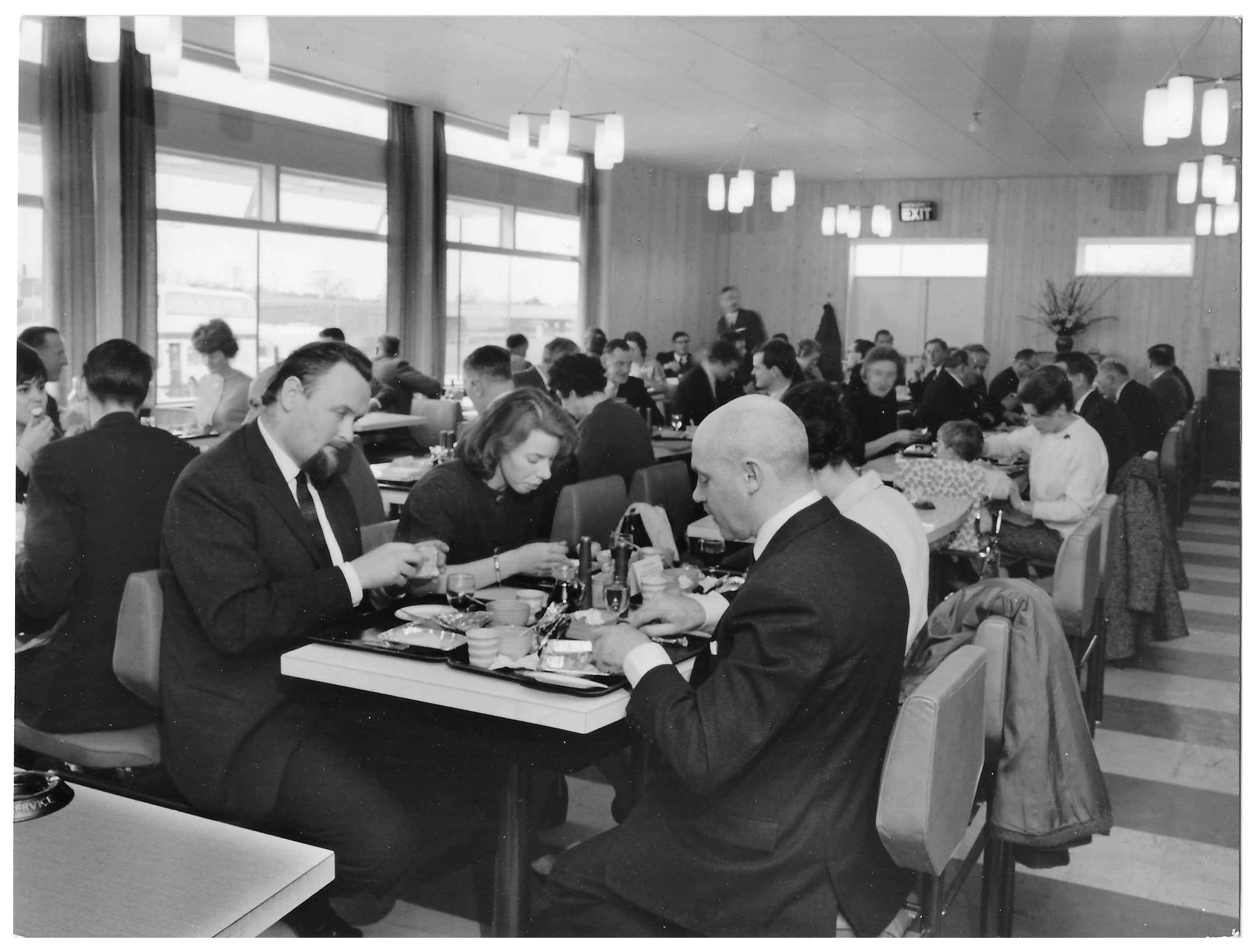

Many pop groups, film stars, stage entertainers as well as sportsmen, and politicians used to call in to refuel. On one occasion Tommy Steele gave a private little song and dance act to the staff when he had to borrow the privacy of the office to change some torn trousers.
The services became a meeting place for rock bands in the 1960s, including the Beatles, the Rolling Stones, Pink Floyd, and Jimi Hendrix, as it provided a convenient place to sit down and eat a meal in the early hours of the morning.
Jimi Hendrix heard so much about "Blue Boar", as the services were then popularly known, that he thought it was a London nightclub. Gerry Marsden, leader of the Pacemakers regularly visited the services when touring, saying it was good for "a quick stop and a quick nosh.” The Floyd's Nick Mason recalls Hendrix stopping off at the services at 2 am, while The Zombies’ Chris White thought the services were "the feeding trough of the beat boom". Harper claimed, "everybody would meet at Watford Gap because it was the one place after a show where you were guaranteed a bit of a sit-down at 2 am".
The services' association with 1960s musicians is remembered in a set of photographs published in 2008 of the Stones stopping at Watford Gap on the way to ATV Studios Birmingham in 1963.


